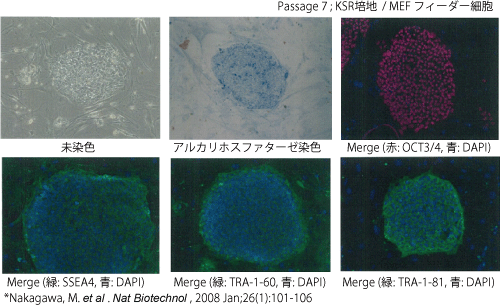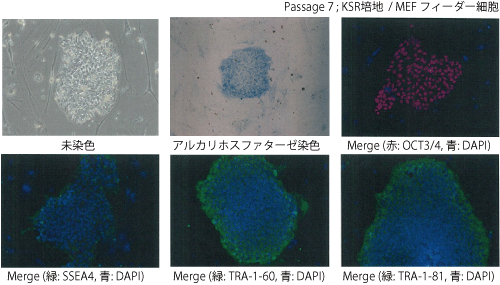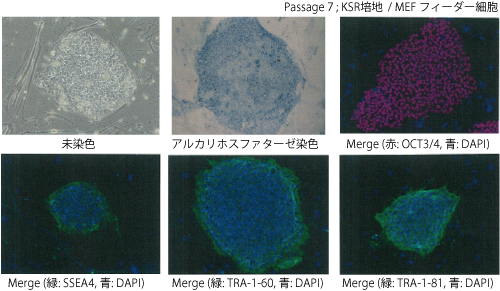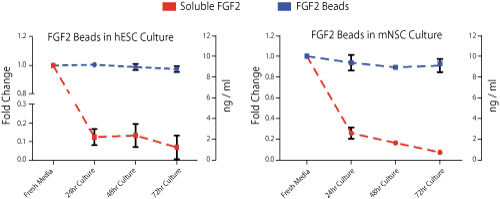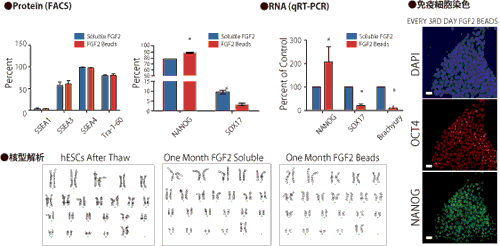USP7、USP14、USP19、USP9x ノックダウン HeLa 細胞

RNAi is the major approach for studying a targeted gene function with high specificity and selectivity as a reliable alternative to laborious knockout strategies.
LifeSensors is offering SilenciX®, gene-specific knock-down cell lines ‘silencing’ DUBs and/or other important proteins of interest using a unique siRNA delivery system developed by tebu-bio Laboratories*. Based on EBV-replication, SilenciX ensures chromosome-like replication without integration in the genome. Reinforced by an optimal hygromycin selection, this loss-of-function model comes with exceptional features determined by three major factors:
· Targeting - specific and efficient
· Stability - homogenous and constant knockdown
· No off-target effects - genome and transcriptome integrity

Main benefits:
- Efficiency
- Validation performed by qPCR
- KD level guarantee: >70% - Specificity
- High Stability and long term culture: 3-12 months
- No off-target effects
- Non-viral genome integrity
- Safe
- Ready to Use (RTU)
SilenciX® employs a pEBV-derived plasmid delivery system designed to deliver optimal and constant siRNA levels without off-target effects (Biard, 2007). The Epstein-Barr (EBV)-based vector is anchored to chromosomes and replicates as a replicon without any integration in the genome. Reinforced by optimal hygromycin selection, the number of vectors is perfectly maintained. This avoids saturation of the RNAi machinery resulting in specific and homogeneous knockdown of the desired target.
Comparison to traditional RNAi approaches:
| siRNA | shRNA | SilenciX | |
| Human and rodent cell lines | |||
| Stability | 2-3 days | Several months | Several months; start each experiment with the same cell batch - just thaw the vial |
| Efficiency | >70% validation by qPCR | ||
| Production time | Few days, controlling each experiment | 5 weeks | 2/3 days |
| Reproducibility | no | Yes, with experience | High reproducibility, Homogeneous population |
Applications of specific knock-down cellular model using SilenciX® technology
- A ready-to-use and stable cellular model of loss-of-function.
- Reliable, functional RNAi assay to rapidly screen and analyze new therapeutics.
- Powerful technology for target validation.
- Cell-based assay development for HTS. Mimic disease phenotypes with target depletion.
- Secondary screening: confirmed hits can be tested in a functional assays offered by SilenciX® catalog and custom cell lines.
PRODUCT INFORMATION
For each cell line, you receive:
• One vial of target specific SilenciX® cells
• One vial of control SilenciX® cells (transfected with a non-relevant shRNA sequence)
• Specification sheets with qPCR quality controls and details of shRNA sequence
• Complete user manual
References
Despras E, Pfeiffer P, Salles B, Calsou P, Kuhfittig-Kulle S, Angulo JF, Biard DS. Long-term XPC silencing reduces DNA double-strand break repair. Cancer Res. 2007 Mar 15;67(6):2526-34.
| Product Name | Cat No | Volume |
| USP14 HeLa SilenciX | SLX-00163 | 1 kit |
| USP19 HeLa SilenciX | SLX-00164 | 1 kit |
| USP7 HeLa SilenciX | SLX-00159 | 1 kit |
| USP9X HeLa SilenciX | SLX-00160 | 1 kit |
*SilenciX® is a registered trademark of tebu-bio; technology licensed from the CEA.







